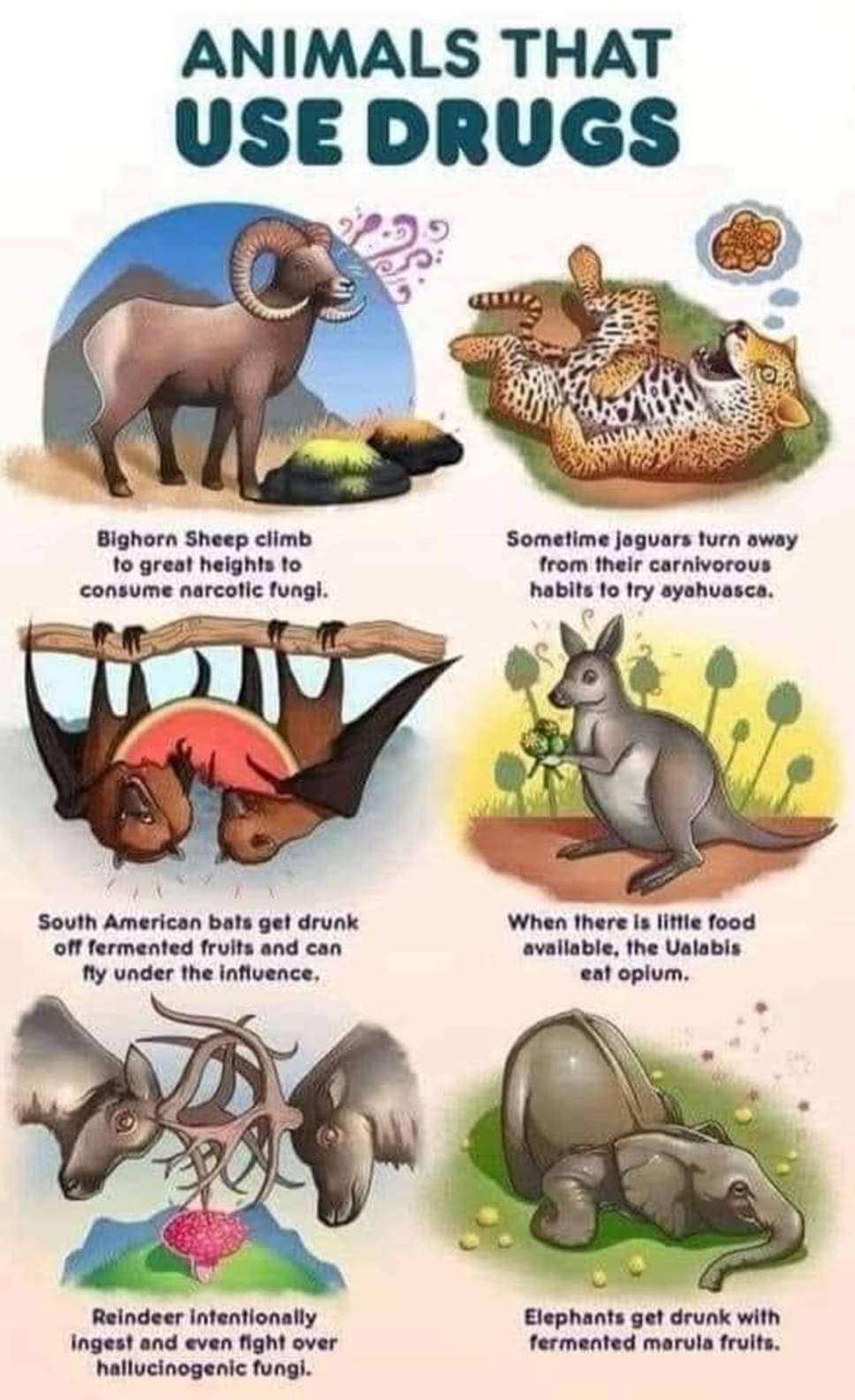this post was submitted on 29 Aug 2024
864 points (98.5% liked)
Science Memes
11205 readers
1483 users here now
Welcome to c/science_memes @ Mander.xyz!
A place for majestic STEMLORD peacocking, as well as memes about the realities of working in a lab.

Rules
- Don't throw mud. Behave like an intellectual and remember the human.
- Keep it rooted (on topic).
- No spam.
- Infographics welcome, get schooled.
This is a science community. We use the Dawkins definition of meme.
Research Committee
Other Mander Communities
Science and Research
Biology and Life Sciences
- !abiogenesis@mander.xyz
- !animal-behavior@mander.xyz
- !anthropology@mander.xyz
- !arachnology@mander.xyz
- !balconygardening@slrpnk.net
- !biodiversity@mander.xyz
- !biology@mander.xyz
- !biophysics@mander.xyz
- !botany@mander.xyz
- !ecology@mander.xyz
- !entomology@mander.xyz
- !fermentation@mander.xyz
- !herpetology@mander.xyz
- !houseplants@mander.xyz
- !medicine@mander.xyz
- !microscopy@mander.xyz
- !mycology@mander.xyz
- !nudibranchs@mander.xyz
- !nutrition@mander.xyz
- !palaeoecology@mander.xyz
- !palaeontology@mander.xyz
- !photosynthesis@mander.xyz
- !plantid@mander.xyz
- !plants@mander.xyz
- !reptiles and amphibians@mander.xyz
Physical Sciences
- !astronomy@mander.xyz
- !chemistry@mander.xyz
- !earthscience@mander.xyz
- !geography@mander.xyz
- !geospatial@mander.xyz
- !nuclear@mander.xyz
- !physics@mander.xyz
- !quantum-computing@mander.xyz
- !spectroscopy@mander.xyz
Humanities and Social Sciences
Practical and Applied Sciences
- !exercise-and sports-science@mander.xyz
- !gardening@mander.xyz
- !self sufficiency@mander.xyz
- !soilscience@slrpnk.net
- !terrariums@mander.xyz
- !timelapse@mander.xyz
Memes
Miscellaneous
founded 2 years ago
MODERATORS
you are viewing a single comment's thread
view the rest of the comments
view the rest of the comments

https://www.vice.com/en/article/here-is-a-jaguar-tripping-on-yage-the-ayahuasca-vine/
Thanks. That was a bit too anecdotal for me so I actually searched around a bit more. Didn't find much but at least this one review article:
https://www.thieme-connect.com/products/ejournals/pdf/10.1055/a-1586-1665.pdf
[...]
Although the presented evidence is again this same short, very heavily edited video of a jaguar supposedly tripping on the yage vine.
And regarding the effect on or the reasons of the jaguar, we apparently don't know and how could we, if all the evidence is this one short clip already suggesting what it is doing? Not very satisfying I must say.
ETA: OK, so I dug a bit deeper as seen in my other comment. Apparently this vine isn't even really psychoactive: "The harmala alkaloids are not especially psychedelic, even at higher dosages, when hypnagogic visions, alongside vomiting and diarrhea, become the main effect." So, what are the jaguars tripping on then? Maybe they aren't! Maybe they use it for its purgative effects? This seems all extremely sketchy to me. I don't think we can definitely say that jaguars are using these vines for their psychoactive effects and saying that they are tripping on ayahuasca is definitely wrong.